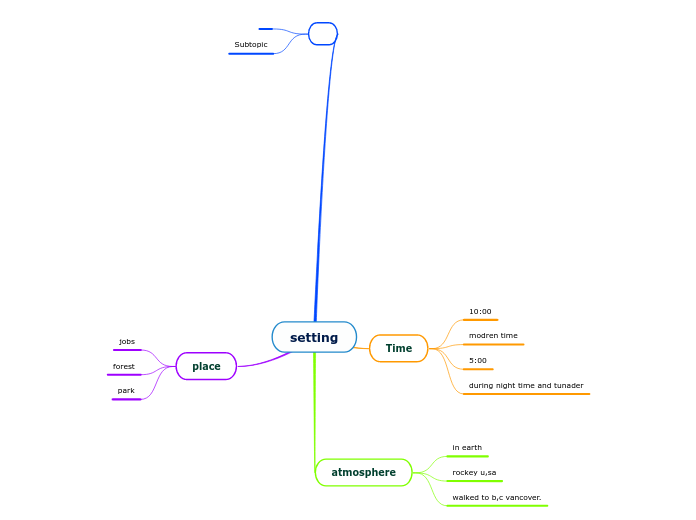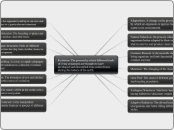Atmospheric Habitat
xenospores and endospores
both are more resistant than parental cells
biomass in the atmosphere (surface to 3km)
survival in air dried states
many high surface area: weight ratios
pigmentation protects against UV light and photooxidation
thick cell walls protects again dessication
very low metabolic rates (low maintenance energy)
endosopres
forms that are primarily adapted to resistance rather than reproduction
limited to gram-positive bacteria
physical features of the aerial environment
precipitation
average time of water vapour in air = about 9 days
water vapour --> continually recycled
radiation
mostly absorbed or reflected back but most microorganism at higher region of troposphere may be exposed to damaging doses
radiation from the sun
air movements in the troposphere
principle
displacement pf air occur
sun heats up the ground, create gradient
temperature decreases with altitude
kinetic energy for movements of air --> provided by solar energy
main agent of dispersal
dispersal of airborne particles
3 stages
(c)deposition
methods
rainwashing
electrostatic deposition
brownian movements
impaction wioth surfaces
sedimentation due to the gravity
(b)dispersion in air currents
environment
convection (changes of air due to the temperature)
air humidity
turbulence
wind movements
spore
density
degree of surface roughness
shape
size
depend on physical characteristic of particle (eg spore) and the atmosphere
a) liberation and take-off into the air
features of adaption for airborne dispersal
fungi have many adaption features
eg tall sporophores ; forceful ways to projects spores into air
virus and bacteria are poorly adapted
requies energy to overcome adhesive forces and still air layer
community diversity is low
other extreme environments
antartica
food web --> 3-4 levels of species
environmental condition
high radiation
high velocity of desiccating winds
low humidity
low temperature
salt lakes
adaption feature
require a sodium ion of min [1.5M], OPTIMUM [3-4M]
cell structure and enzyme naturally require stabilization from sodium
predominant bacteria: Halobacterium
high salt causes
precipitation of intracellular proteins
dehydration
high concentration of sodium chloride
acid springs and lakes
Ferroplasma acidarmanus
no cell wall
posesses a single peripheral cytoplasmic membrane
capable of massive surface growth in flowing waters in the subsurface
pH 2.0
pH 3 or less
hot springs
predominant bacterium: Bacillus stearothermophilus
grows of microorganism limited by
Subtopic
low concentration of organic matter
high acidity or alkalinity
high temperature
at volcanic areas
ionizing radiation
lack of nutrients, water availability
toxic chemicals
irradiation
pH
high or low temperature
with severe conditions
xenospores vs. endospores
endospores represents an adaption for survival
one cell --> one spores --> survival rate high
xenospores represents an adaption for fecundity
one cell --> many spores --> survival rate low
endospores forms within the vegetative cells
xenospores form on or in specialized structures
xenospores
forms that are primarily adapted to reproduction vs. resistant to environmental stress
bacteria
eg. actinomycetes
protozoans
algae
fungi
sopres better adapted to atmospheric
small size and low density --> airborne
some are pigmented --> protection against UV radiation
thick cell walls --> against dessication
are produced in high numbers
have low mwtabolic rates
regions in atmosphere
ionosphere
extreme UV and ionizing radiation levels
45km to 100km
exosphere
Helium and Hydrogen predominant
extending into outer space
thermosphere
temperature increases with altitude
mesosphere
temperature decreasing with height
stratosphere
lacking liquid water
extreme low temperature
location of good ozone, limits UV light
increasing temperature with height --> -10km to 45km
troposphere
from surface to about 10km
location of the 'bad' ozone
upper levels too extreme to support life
temperature at upper levels reach -43 to -83
most highly populated area among region
characteristic
water radiation
organic Carbon
concentration oxygen
atm pressure
ait temperature
nearest to earth









